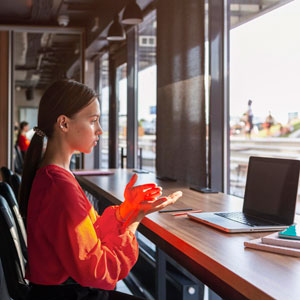 While mainstream media still struggles to integrate diversity into programming, the internet offers a vastly different experience. People around the globe, of all backgrounds and abilities, are uploading original new content every day, smashing boring stereotypes and changing the way we view different cultures. With a larger number of deaf and hard of hearing people sharing their opinions, ideas, and even their jokes, wider audiences are opening up to the real experience of deafness and deaf communication.
While mainstream media still struggles to integrate diversity into programming, the internet offers a vastly different experience. People around the globe, of all backgrounds and abilities, are uploading original new content every day, smashing boring stereotypes and changing the way we view different cultures. With a larger number of deaf and hard of hearing people sharing their opinions, ideas, and even their jokes, wider audiences are opening up to the real experience of deafness and deaf communication.
Thanks to the web, the lines between deaf and hearing entertainment are beginning to blur. Because it is so easy to add captioning now, deaf video creators are sharing their blogs, their art, and their lives with audiences who they may not have been able to reach in the past. By making their videos accessible, deaf people have the opportunity to frame their own experiences and creatively express themselves without being filtered by hearing editors and producers.
 DeafNation, founded in 2003, is home to some of the most diverse deaf video content on the web. The site hosts and creates videos in sign language, and their recent decision to add closed captioning makes DeafNation inclusive for those who use other communication methods, too. A unique travel show that will surely appeal to deaf and hearing audiences alike is “No Barriers with Joel Barish.” In this fascinating series, Joel takes audiences along to explore new cultures, uncover history; and specifically to see how people who are deaf live, work and play in different parts of the world.
DeafNation, founded in 2003, is home to some of the most diverse deaf video content on the web. The site hosts and creates videos in sign language, and their recent decision to add closed captioning makes DeafNation inclusive for those who use other communication methods, too. A unique travel show that will surely appeal to deaf and hearing audiences alike is “No Barriers with Joel Barish.” In this fascinating series, Joel takes audiences along to explore new cultures, uncover history; and specifically to see how people who are deaf live, work and play in different parts of the world.
Since popular media only seems interested in covering Deaf culture when a sign language interpreter is going viral, or if a deaf person’s rights have been abused, the ability to access news and views from the deaf perspective is rather refreshing. DeafNation’s DN360 is an ongoing news-style program which discusses health, current events, and conducts interviews with Deaf community members. Their recent “Deaf Culture” short video series offers hilarious and honest takes on some common situations deaf people find themselves in. iDeafNews is another reputable source of news and information on a wide variety of topics. Their news content is captioned so it can be understood by all, but it is designed, first and foremost, for deaf viewers.
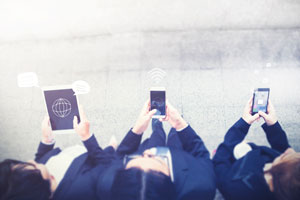 YouTube is a platform that many people who are deaf utilize to connect with others from all walks of life. The format of the site is open, allowing users to upload content about pretty much anything— from health tips to homemade music videos— and closed captioning is simple to add. Deaf and Hearing Network, DHN is a news agency that makes excellent use of YouTube to share information in a fully accessible way. Their videos are high quality and use ASL, voice, and captions in each broadcast to ensure all viewers feel included.
YouTube is a platform that many people who are deaf utilize to connect with others from all walks of life. The format of the site is open, allowing users to upload content about pretty much anything— from health tips to homemade music videos— and closed captioning is simple to add. Deaf and Hearing Network, DHN is a news agency that makes excellent use of YouTube to share information in a fully accessible way. Their videos are high quality and use ASL, voice, and captions in each broadcast to ensure all viewers feel included.
“ASL Nook” is an educational YouTube series which teaches ASL and showcases a Deaf family. Both parents and one daughter are deaf, while their other daughter is a CODA, and ASL is their primary language. For those who have never interacted with a deaf family, “ASL Nook” is a nice way to expose oneself to the communication between family members and to see how empowered deaf people are when they can comfortably express themselves.
“Don’t Shoot the Messenger” is an upcoming YouTube comedy series which centers around the awkward moments and daily misunderstandings of an ASL interpreter living and working in New York City. The creators of the series are deaf and, because the main character in the series is an interpreter who interacts with both deaf and hearing people, “Don’t Shoot the Messenger” will definitely appeal to wider audiences.
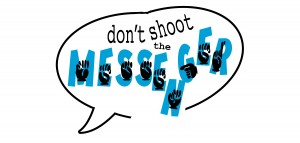 For those who want a more straight forward perspective on the world through the deaf/HoH lens, there is Rikki Poynter’s YouTube channel. As a hard of hearing beauty blogger, Poynter discovered there were many barriers to web access, as many people choose not to caption their video content, so she began advocating for better online accessibility. She now uses her popular channel as a platform to discuss the experience of being HoH, social issues, and to promote equal access. She still also discusses everyday things, such as Pokemon and makeup.
For those who want a more straight forward perspective on the world through the deaf/HoH lens, there is Rikki Poynter’s YouTube channel. As a hard of hearing beauty blogger, Poynter discovered there were many barriers to web access, as many people choose not to caption their video content, so she began advocating for better online accessibility. She now uses her popular channel as a platform to discuss the experience of being HoH, social issues, and to promote equal access. She still also discusses everyday things, such as Pokemon and makeup.
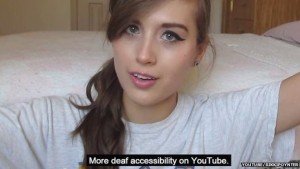 Facebook, of course, has been another medium for deaf people to connect and interact with others around the world. ASL Slam uses the Facebook video feature to post a wide variety of deaf-created video content, and their Instagram account is also full of great clips. ASL Slam was founded in 2005 to provide a platform for literary and performing artists in the Deaf community; they hold poetry slam events in major cities across the country. The ASL Slam Facebook page is full of ASL poetry, stories, and deaf jokes. This kind of exposure to ASL art and literature gives hearing people a glimpse of how witty, intellectual, and well-rounded Deaf culture can be.
Facebook, of course, has been another medium for deaf people to connect and interact with others around the world. ASL Slam uses the Facebook video feature to post a wide variety of deaf-created video content, and their Instagram account is also full of great clips. ASL Slam was founded in 2005 to provide a platform for literary and performing artists in the Deaf community; they hold poetry slam events in major cities across the country. The ASL Slam Facebook page is full of ASL poetry, stories, and deaf jokes. This kind of exposure to ASL art and literature gives hearing people a glimpse of how witty, intellectual, and well-rounded Deaf culture can be.
 As the hearing world becomes increasingly fascinated by Deaf culture and ASL, it is important for us to recognize the many deaf people who are already out there sharing their authentic experiences. Mainstream media hesitates to hire deaf consultants, directors, or talent, so networks continue to struggle with portraying diversity in film and TV. But Americans are growing tired of the same stale majority culture formula. More and more people are turning to the internet for new perspectives, and with such a wealth of deaf-created video, they are sure to find the type of genuine content that they’re looking for.
As the hearing world becomes increasingly fascinated by Deaf culture and ASL, it is important for us to recognize the many deaf people who are already out there sharing their authentic experiences. Mainstream media hesitates to hire deaf consultants, directors, or talent, so networks continue to struggle with portraying diversity in film and TV. But Americans are growing tired of the same stale majority culture formula. More and more people are turning to the internet for new perspectives, and with such a wealth of deaf-created video, they are sure to find the type of genuine content that they’re looking for.
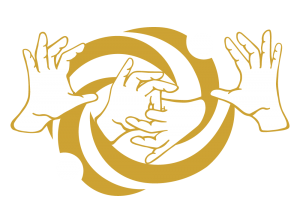

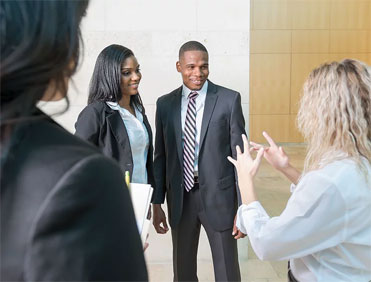

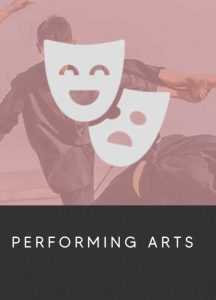
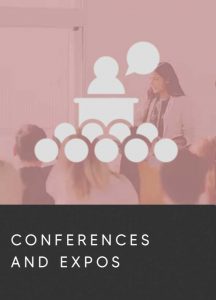
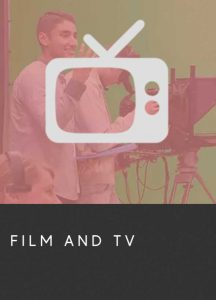
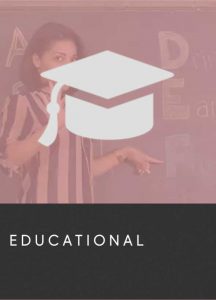
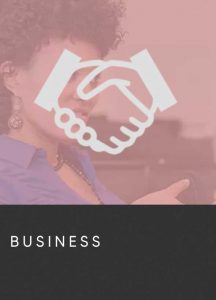


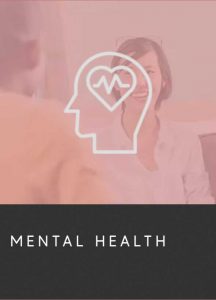
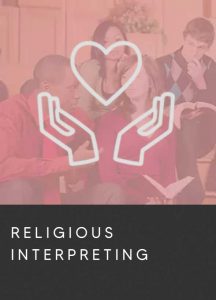
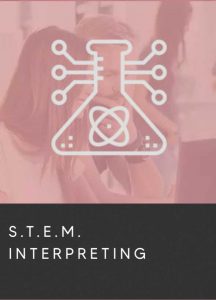
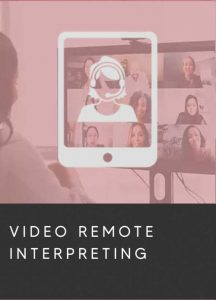
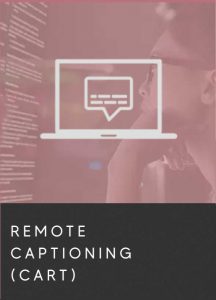

 While mainstream media still struggles to integrate diversity into programming, the internet offers a vastly different experience. People around the globe, of all backgrounds and abilities, are uploading original new content every day, smashing boring stereotypes and changing the way we view different cultures. With a larger number of deaf and hard of hearing people sharing their opinions, ideas, and even their jokes, wider audiences are opening up to the real experience of deafness and deaf communication.
While mainstream media still struggles to integrate diversity into programming, the internet offers a vastly different experience. People around the globe, of all backgrounds and abilities, are uploading original new content every day, smashing boring stereotypes and changing the way we view different cultures. With a larger number of deaf and hard of hearing people sharing their opinions, ideas, and even their jokes, wider audiences are opening up to the real experience of deafness and deaf communication.
 YouTube is a platform that many people who are deaf utilize to connect with others from all walks of life. The format of the site is open, allowing users to upload content about pretty much anything— from health tips to homemade music videos— and closed captioning is simple to add. Deaf and Hearing Network,
YouTube is a platform that many people who are deaf utilize to connect with others from all walks of life. The format of the site is open, allowing users to upload content about pretty much anything— from health tips to homemade music videos— and closed captioning is simple to add. Deaf and Hearing Network,  For those who want a more straight forward perspective on the world through the deaf/HoH lens, there is
For those who want a more straight forward perspective on the world through the deaf/HoH lens, there is  Facebook, of course, has been another medium for deaf people to connect and interact with others around the world.
Facebook, of course, has been another medium for deaf people to connect and interact with others around the world.  As the hearing world becomes increasingly fascinated by Deaf culture and ASL, it is important for us to recognize the many deaf people who are already out there sharing their authentic experiences. Mainstream media hesitates to hire deaf consultants, directors, or talent, so networks continue to struggle with portraying diversity in film and TV. But Americans are growing tired of the same stale majority culture formula. More and more people are turning to the internet for new perspectives, and with such a wealth of deaf-created video, they are sure to find the type of genuine content that they’re looking for.
As the hearing world becomes increasingly fascinated by Deaf culture and ASL, it is important for us to recognize the many deaf people who are already out there sharing their authentic experiences. Mainstream media hesitates to hire deaf consultants, directors, or talent, so networks continue to struggle with portraying diversity in film and TV. But Americans are growing tired of the same stale majority culture formula. More and more people are turning to the internet for new perspectives, and with such a wealth of deaf-created video, they are sure to find the type of genuine content that they’re looking for. Lately it seems like American Sign Language is everywhere! It’s been making appearances at musical performances and sporting events. It can be seen in news stories, comic books, movies, and TV shows. Pop stars are using it, sports mascots are using it, even
Lately it seems like American Sign Language is everywhere! It’s been making appearances at musical performances and sporting events. It can be seen in news stories, comic books, movies, and TV shows. Pop stars are using it, sports mascots are using it, even  Knowing how to sign opens up a whole new world — a place where words exist in 3-dimensions. ASL is a beautiful visual communication form which relies on body language and facial cues. It is emotional and highly expressive. If you’re a hearing person who wants to become a better listener, learning sign language can actually help! Sign language requires eye contact and attention to detail, which makes ASL users very perceptive to subtle changes in mood.
Knowing how to sign opens up a whole new world — a place where words exist in 3-dimensions. ASL is a beautiful visual communication form which relies on body language and facial cues. It is emotional and highly expressive. If you’re a hearing person who wants to become a better listener, learning sign language can actually help! Sign language requires eye contact and attention to detail, which makes ASL users very perceptive to subtle changes in mood.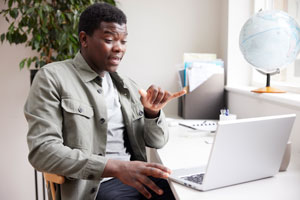 Besides breaking through the barriers between deaf and hearing culture, there are a number of other benefits to learning ASL. It makes you bilingual, which looks great on your resume. It allows you to communicate with people across a noisy room. Sometimes, such as the
Besides breaking through the barriers between deaf and hearing culture, there are a number of other benefits to learning ASL. It makes you bilingual, which looks great on your resume. It allows you to communicate with people across a noisy room. Sometimes, such as the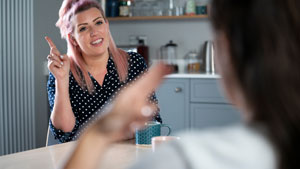 Hearing individuals who are interested in sign language have nothing to lose and everything to gain! ASL is fun to learn, and as American as apple pie. Learning a new language can be challenging, but moving outside our comfort zones encourages personal growth and development. Why limit your possibilities? You never know, maybe the romantic partner of your dreams is deaf. Not knowing sign language could prevent you from ever making that connection.
Hearing individuals who are interested in sign language have nothing to lose and everything to gain! ASL is fun to learn, and as American as apple pie. Learning a new language can be challenging, but moving outside our comfort zones encourages personal growth and development. Why limit your possibilities? You never know, maybe the romantic partner of your dreams is deaf. Not knowing sign language could prevent you from ever making that connection. In addition to this brief list, there are hundreds of other sign language resources available online at very affordable prices. Of course, it is always best to learn one-on-one when possible. Be sure to look for classes in your community, or connect with an ASL instructor for a few structured lessons. Start today and before you know it, you will find yourself immersed in the fascinating culture of Deaf America!
In addition to this brief list, there are hundreds of other sign language resources available online at very affordable prices. Of course, it is always best to learn one-on-one when possible. Be sure to look for classes in your community, or connect with an ASL instructor for a few structured lessons. Start today and before you know it, you will find yourself immersed in the fascinating culture of Deaf America!





